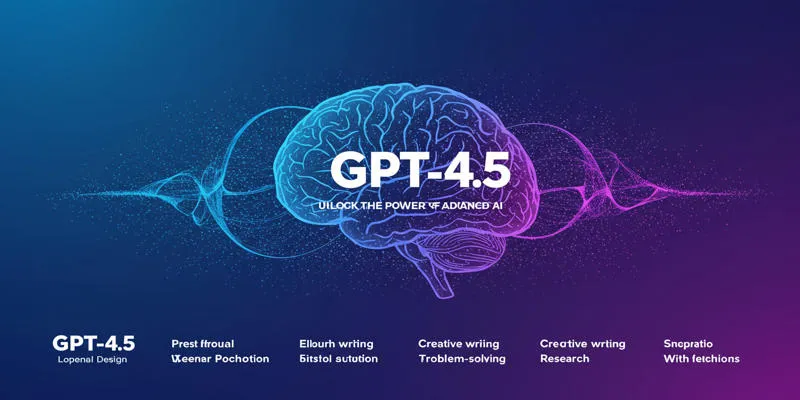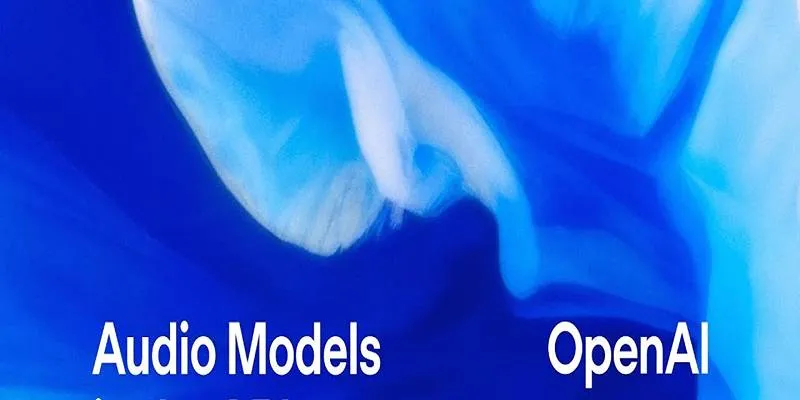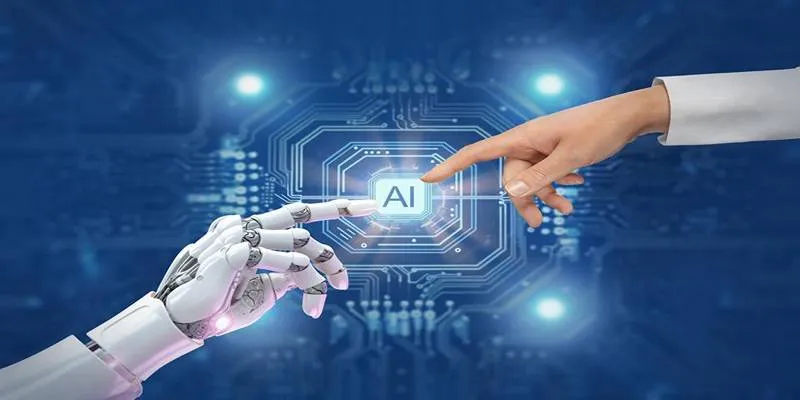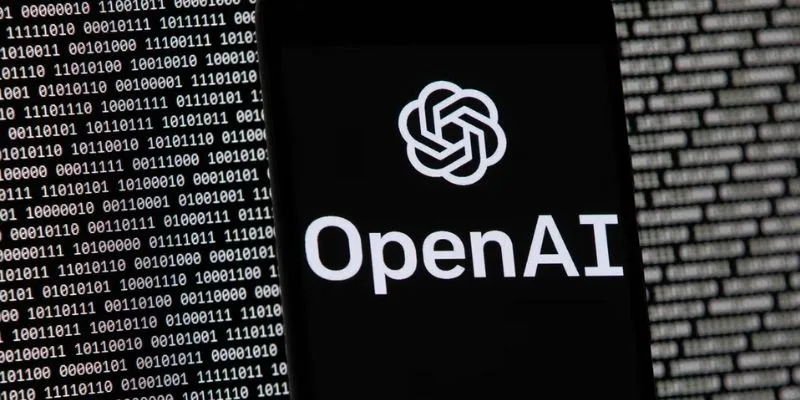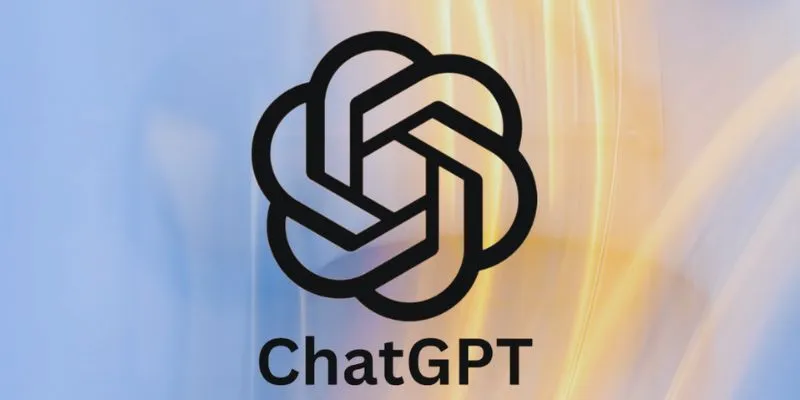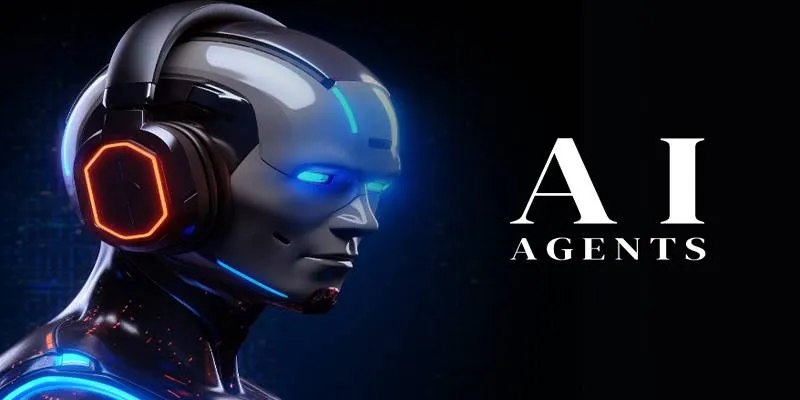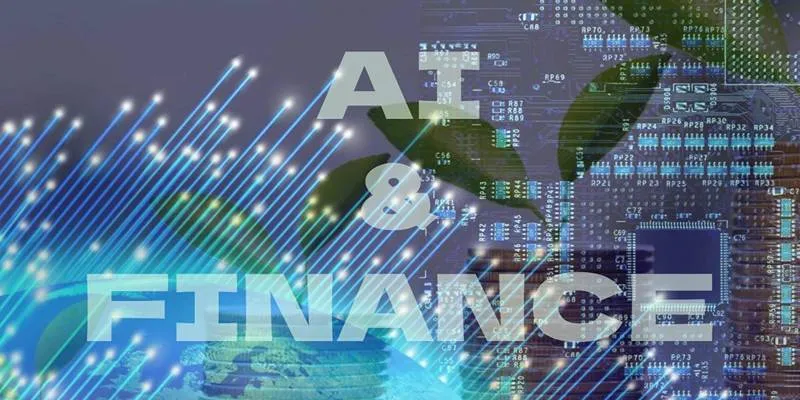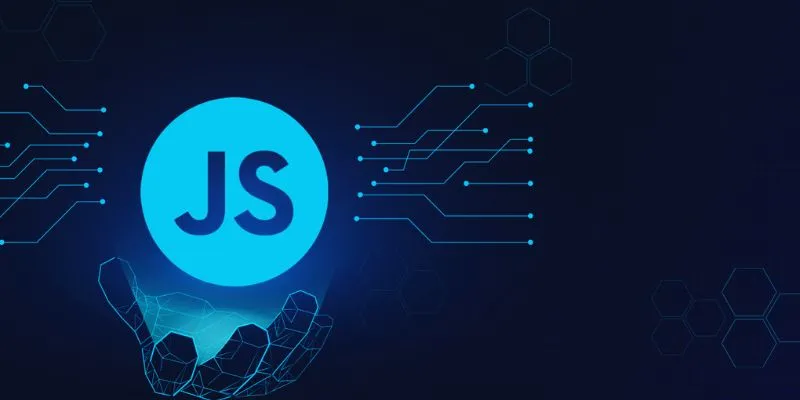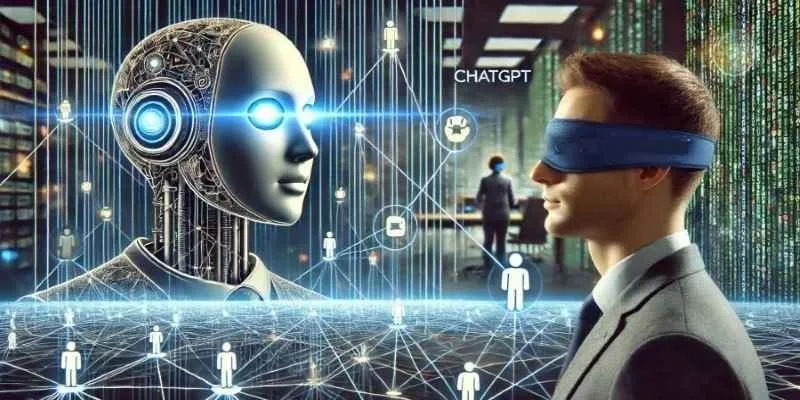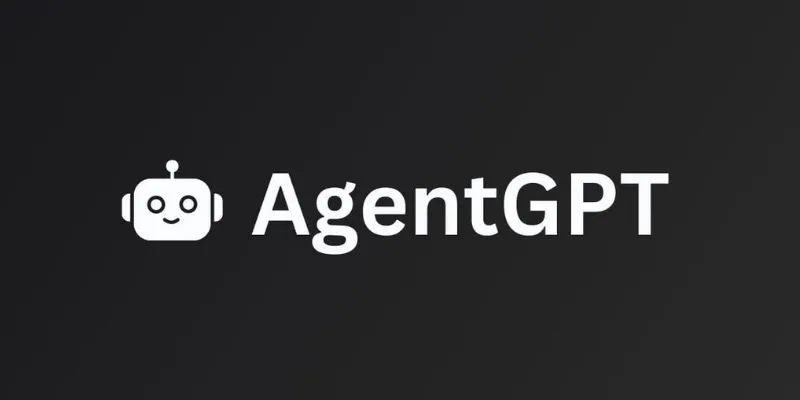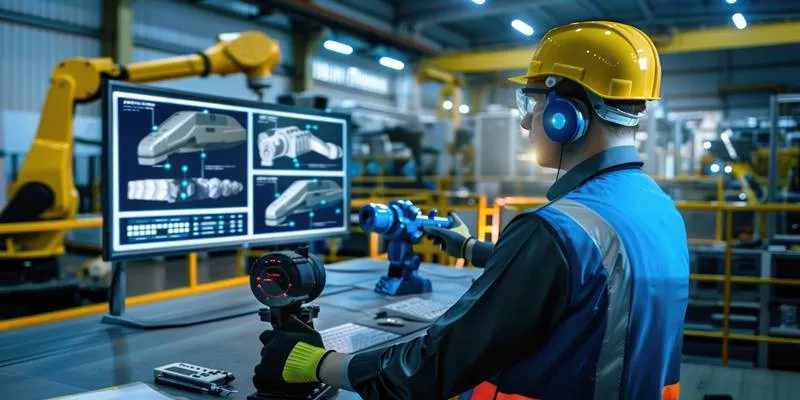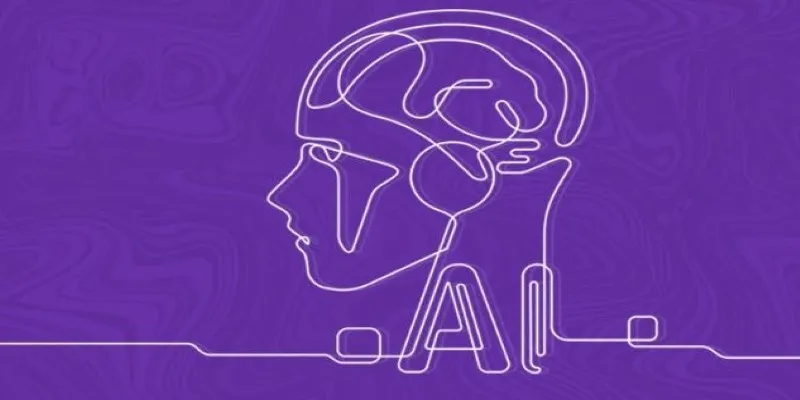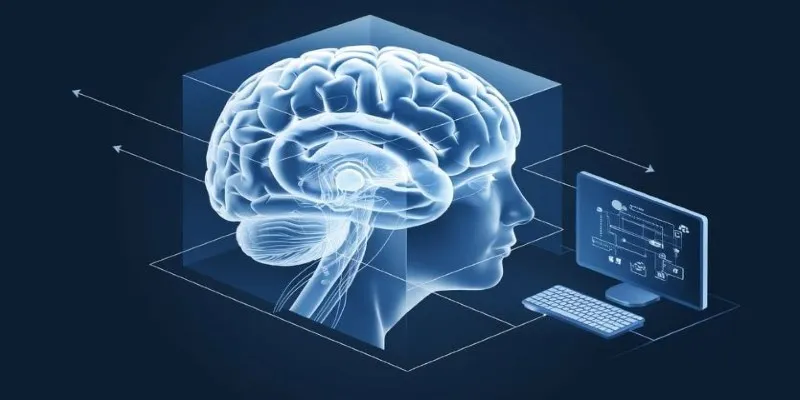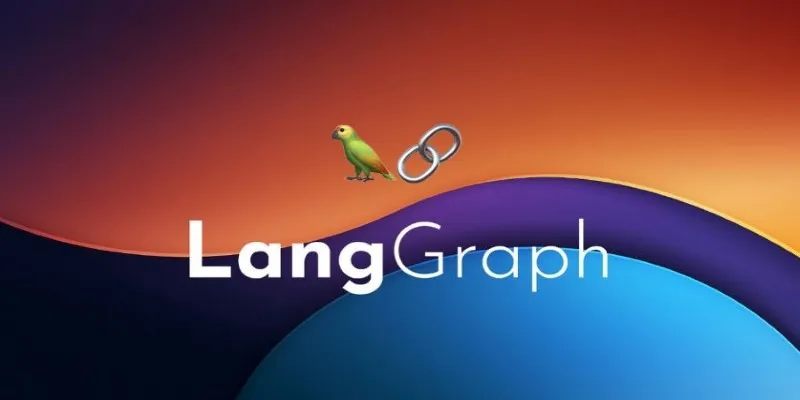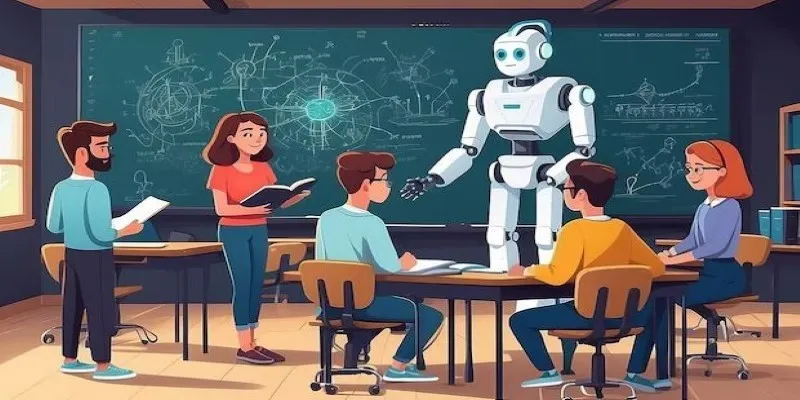Artificial intelligence (AI) has rapidly evolved from a theoretical concept into a technology that drives progress across industries—from healthcare to education, finance, and communication. At the forefront of this AI revolution stands OpenAI, an organization dedicated to ensuring that artificial general intelligence (AGI) benefits all of humanity.
But what exactly is OpenAI, what does it do, and why does it matter? This post explores OpenAI’s major technologies, ethical practices, partnerships, and its growing impact on education and global AI use. As AI capabilities advance at an unprecedented pace, understanding OpenAI’s role helps us grasp both the potential and responsibility that come with such innovation. Its influence continues to shape not just how machines learn but how society adapts to intelligent systems.
Major Technologies and Projects by OpenAI
OpenAI is best known for its groundbreaking language models and AI systems, many of which have transformed the way we interact with technology.
GPT (Generative Pre-trained Transformer)
One of OpenAI’s most influential achievements is the development of the GPT series, including GPT-2, GPT-3, and GPT-4. These models use deep learning to understand and generate human-like language, powering applications such as chatbots, translation tools, content creation platforms, and more.
The GPT architecture relies on training massive neural networks using large datasets from across the internet. What sets these models apart is their ability to generate coherent, context-aware text, perform complex reasoning, and even simulate human-like conversation.
Codex and AI Programming Assistance
OpenAI also created Codex, an AI system that understands and writes code in multiple programming languages. Codex serves as the foundation for GitHub Copilot, a tool that assists software developers by suggesting code snippets and completing programming tasks in real-time. This tool is transforming how developers approach software creation by streamlining workflows and reducing the need to reference external documentation constantly.
DALL·E and Image Generation

OpenAI’s innovations extend beyond language. DALL·E is an AI model capable of generating images from text descriptions. By combining natural language understanding with image synthesis, DALL·E opens the door to creative and commercial applications in design, art, marketing, and entertainment.
Whisper and AI-Powered Speech Recognition
Another key innovation from OpenAI is Whisper, an automatic speech recognition (ASR) system designed to transcribe spoken language into text with high accuracy. Trained on a diverse and multilingual dataset, Whisper supports dozens of languages and can handle a wide range of accents, audio qualities, and background noise.
Its capabilities are helping improve accessibility tools, voice-enabled applications, and real-time transcription services. Whisper represents OpenAI’s broader commitment to building AI systems that are not only powerful but also inclusive and useful across global contexts.
OpenAI’s Approach to Safety and Ethics
One of OpenAI’s defining characteristics is its commitment to AI alignment and long-term safety. The organization regularly publishes technical papers and guidelines to help developers, researchers, and policymakers understand AI risks and limitations.
Its safety strategy includes:
- Reinforcement learning from human feedback (RLHF): A method used to teach models how to respond according to human preferences.
- Red-teaming and adversarial testing: These strategies test models for vulnerabilities before public release.
- Transparency practices: OpenAI documents known limitations, usage risks, and system behaviors through release notes and policy guides.
By emphasizing responsible deployment and user control, OpenAI aims to prevent misuse and ensure that AI tools contribute positively to society.
The Capped-Profit Model
To fund its research without compromising its mission, OpenAI introduced a unique capped-profit model. Under this structure, investors in OpenAI LP can earn returns up to a certain cap (currently set at 100x), after which excess profits are reinvested or used to support its mission.
This hybrid model allows OpenAI to raise significant resources for research—particularly for training large-scale models—without prioritizing profit maximization. It’s an experimental structure that blends elements of capitalism and public service to address one of the most urgent technological challenges of our time.
Collaborations and Partnerships
OpenAI has partnered with several major organizations, most notably Microsoft. This collaboration has allowed OpenAI to integrate its models into Microsoft’s products such as Azure OpenAI Service, Microsoft 365 Copilot, and GitHub Copilot. These partnerships amplify OpenAI’s reach while maintaining ethical and technical oversight.
At the same time, OpenAI remains committed to making its tools accessible. Through APIs and cloud-based services, developers, startups, researchers, and enterprises can integrate OpenAI’s models into their workflows and applications.
Transparency and Public Access
OpenAI aims to democratize access to advanced AI technologies. While some models and tools are released publicly, others are made available through commercial APIs to ensure safety and responsible usage. For instance, GPT models are available to developers via OpenAI’s platform, enabling the creation of apps, bots, and business tools that leverage natural language understanding.
To support educational outreach, OpenAI frequently publishes research findings, technical documentation, safety analyses, and usage policies that help users understand both the capabilities and limitations of its tools.
OpenAI and Education

OpenAI is also making a significant impact in the education sector by enabling personalized, accessible learning experiences. Tools powered by its models—such as AI tutors, interactive writing assistants, and code explanation bots—are helping students and professionals learn more efficiently.
These AI-driven platforms adapt to individual learning styles, provide instant feedback, and support lifelong education across subjects. As educational institutions and platforms integrate OpenAI’s technologies, they’re reshaping how knowledge is delivered and how skills are acquired in the digital age.
Conclusion
OpenAI stands at the intersection of technological innovation and ethical responsibility. With a mission to ensure that AGI benefits all of humanity, it continues to lead in the development of powerful, useful, and safe AI systems. From transformative language models to groundbreaking visual tools, OpenAI’s contributions are shaping the future of how we communicate, create, and solve problems.
However, as the power of AI increases, so does the need for caution and collaboration. OpenAI’s approach—grounded in safety, openness, and broad benefit—offers a compelling model for how AI development can be aligned with human values.
 zfn9
zfn9
